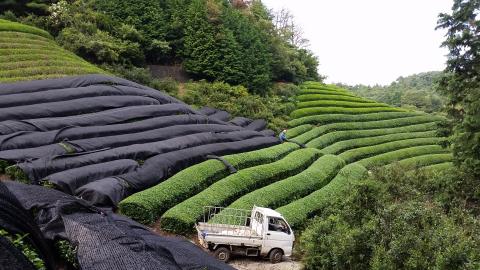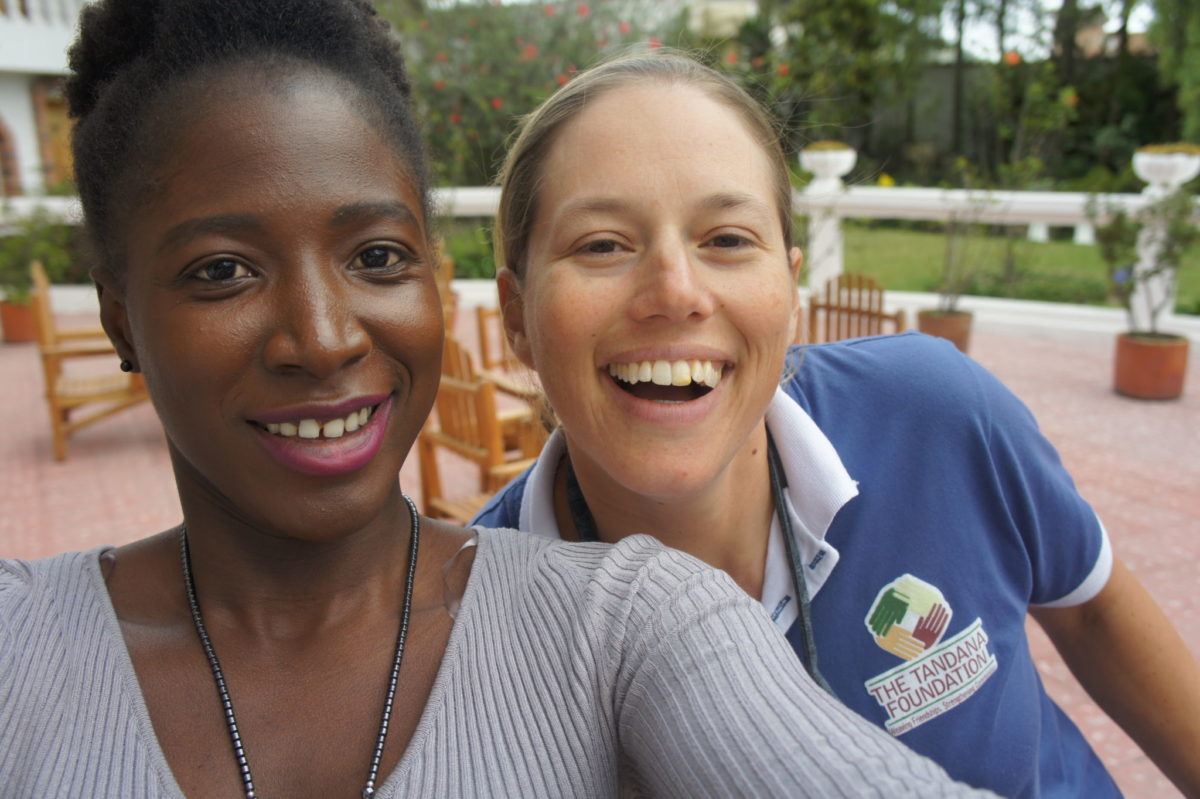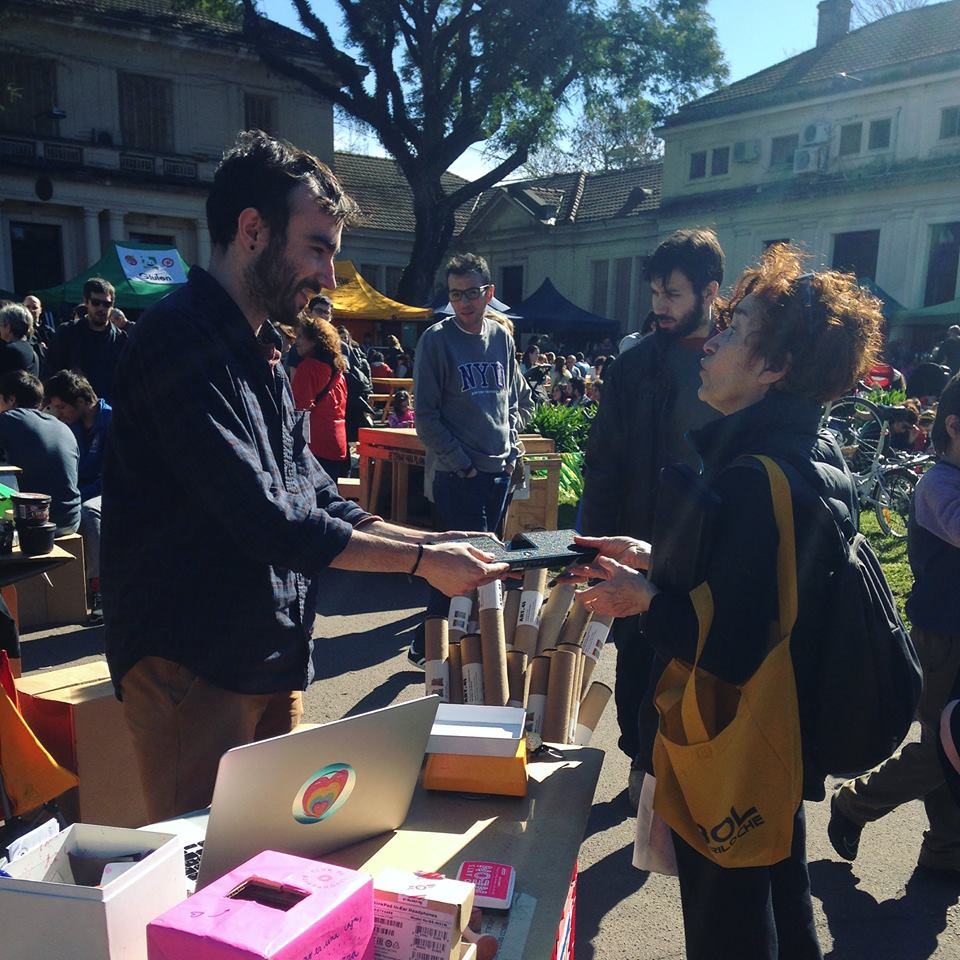I have known since I was a kid that someday I would find myself in Japan. Passion for the country, the culture, and the language began at an early age. The certainty that I’d find myself in the country was something that grew under my skin and became a part of me, so I cannot pinpoint any one moment I made the decision to travel there.
For years I kept my mind open, turning eager ears toward anything resembling study abroad opportunities or contacts who might know families who would accept a home stay kid for a week or two. Travel to Japan remained a strong priority but not a top one: a constant under the ever-shifting flow of more pressing priorities: school, work, relationships with my family and friends…Still, I deliberately chose to explore colleges I knew offered Japanese language and culture courses, and enrolled in Antioch, which requires students to work or volunteer somewhere in the world every six months for three months. If that same college happened to imply the three-year language track would allow students to visit the home country of the student’s chosen language their third year…well, we’ll just say I can’t quite chalk my enrollment up to happenstance.
Upon my return from traveling abroad to Scotland during my third year of my undergrad degree, I and my fellow Japanese language students were approached by our advisor who introduced us to the organization Volunteers for Peace (VFP). Volunteers for Peace offered many volunteering positions worldwide, with the partnership of countless other organizations located internationally. Through them I discovered the organization NICE (Never-ending International workCamps Exchange). NICE is a wonderful organization located in Japan and East Asia which places volunteers in international work camps. Positions and locations vary wildly, and camps can be as short as a weekend or as long as three months. Among their aims as an NGO are “To connect, develop and revive communities and their environment,” “to encourage projects of local NGOs/NPOs and the mobilization of local communities,” and “to promote global friendship, understanding and solidarity.” Enthralled and not deterred by the sometimes-broken English of the website or the sometimes confusing interface of VFP and NICE’s online applications, I sent one in for a long-term position in rural Japan working on tea farms. Two weeks later I had confirmation of my acceptance to the program, and knew I would be headed to Japan in a matter of months.
Skip forward a few months and I found myself on a plane from Los Angeles to Osaka, then a train from Osaka to Akameguchi, where myself, a classmate also participating in a NICE work camp, and thirty-odd other NICE volunteers gathered for a two-day intensive orientation. We laughed, we learned, we bonded, we worked, and then we all said goodbye and shot off to our respective work camps – my friend to Fukushima and myself and a volunteer from Russia to a wee town in rural Kyoto prefecture called Wazuka: 和束町.
I certainly lucked out in terms of local hosts. My boss, Osamu Ueda (上田修さん) is the head of company Wachaen (和茶園): a name combining the first kanji of Wazuka with the word for tea (ocha: お茶) and farm “en” (園). Wachaen’s mission – and Ueda’s personal goals – are devastatingly honorable and right along the same vein as NICE’s. Japan suffers from an aging culture in general, and the culture of tea farming suffers right alongside it. Wazuka has a long tradition of tea farming – 800 years of it, in fact – and nowadays the number of young people taking up the torch to be farmers is diminishing. There are 400 tea farmers total in the ~4,000-person town, but only 100 of them are full-time farmers. And the average age of tea farmers is startlingly high. Ueda is one of only a handful of farmers from outside the town who have entered the business – and, indeed flourished. Beginning as a NICE volunteer in this very town, he became impassioned with the work and, 12 years later, owns something like 30 farms of his own and has begun work camps of his own here. His work is to revive some of the culture and excitement around tea farming in Wazuka, and to bring in new blood to take up the torch passed along by aging farmers and disinterested families. One of the people I work with daily will be finishing his “apprenticeship” with Ueda in the coming year, and inheriting tea fields from him to start his own production.
In addition to apprenticing young farmers and taking in volunteers, Ueda works with many of the local farmers here to run events, promote tourism, and keep the culture alive and thriving. Wazuka was recently named one of “The Most Beautiful Villages in Japan” and tourism is growing. As a result, more and more people are coming to know the name Wazuka, and associate it with the fame of Japanese teas. Uji tea is famous: mention “Uji” to someone who knows their tea, and they can tell you how high quality the stuff is. What they might not realize is nearly 40% of Uji tea is sourced from Wazuka fields…so it’s no wonder when people visit the little town they walk away impressed by its beauty and high, high quality tea.
Unsurprisingly, my work in Wazuka primarily centers around tea farming. My fellow NICE volunteer (my current one from Spain, as the Russian volunteer had applied for only a month-long stint here) and I work basically five days a week out in the chabatake (茶畑) – the tea farms. Summertime means the trees are wrought with fast-growing bracken (called warabi – わらび -, here), and thus we’re often set to the task of weeding the tea fields and uncovering the neat rows of leaves so carefully tended to by Ueda and his people. This work is monotonous but enjoyable. The sun is bright and hot, so we take breaks as needed, and the landscape is invariably breathtaking. Weeding (called kusahiki in the Kyoto dialect – くさひき ) means getting up close and personal with the tea plants and all the members of the ecosystems which exist within them. I often find myself cooing at a long, elegant mantis swaying gently on a leaf, or carefully removing an iridescent beetle from warabi so I don’t unintentionally disturb its peace. Of course there are other insects as well: hachi (bees), and abu (gad flies)…spiders, and mosquitoes (primarily fended off via bug spray), but the benefits of working outside, immersed in the beauty of nature and alongside wonderful people far outweighs any reluctance I might have had at thought of encountering a multitude of insects up-close and personal.
When we’re not weeding the fields, my companion and I help to prepare for harvest, harvest, and cut the trees down to a more manageable size. Some tea requires thick nets to be rolled over the trees to protect the baby leaves from the direct sunlight. The nets, though not heavy, are bulky and thick, and difficult to maneuver around the curves in rows. Two weeks later, when it’s time to harvest, the nets have to be rolled up again, and stacked in piles to await the next harvest. Though generally we don’t handle the actual harvesting machine, we do help carry the bags of freshly-collected tea leaves, which are huge and impressively heavy. I can haul one full bag or maybe a couple smaller ones, but the local tea farmers here easily heft three to four bulging bags over one shoulder. The ratio between fresh and processed tea is 20%: 100kg of freshly harvested tea leaves will produce 20kg of ready-to-buy dried tea, so they necessarily have to harvest a lot at once to make any profit off the endeavor.






